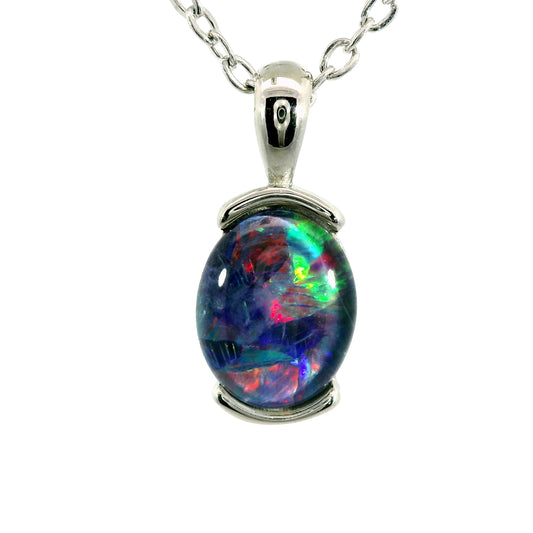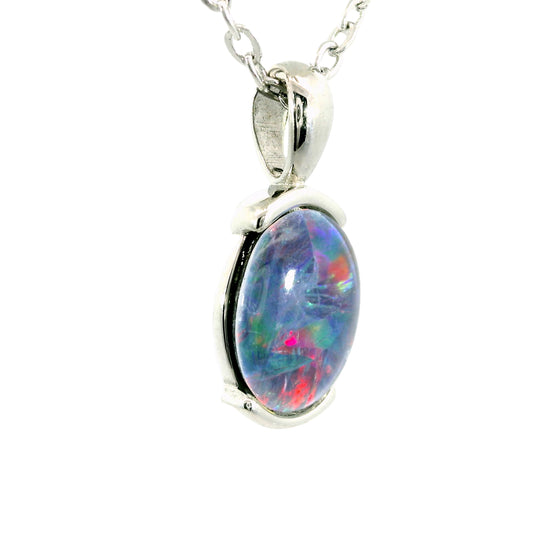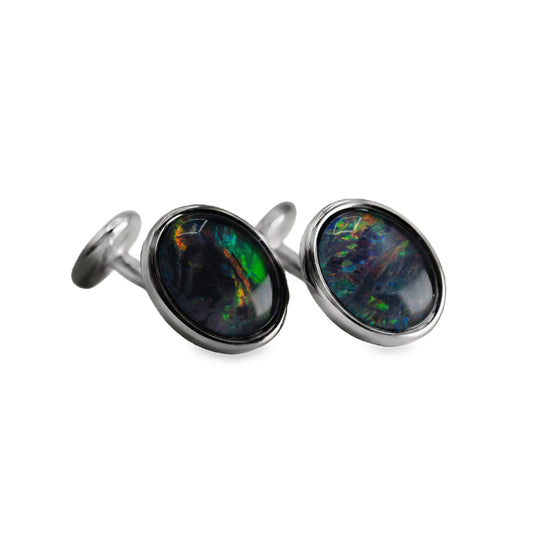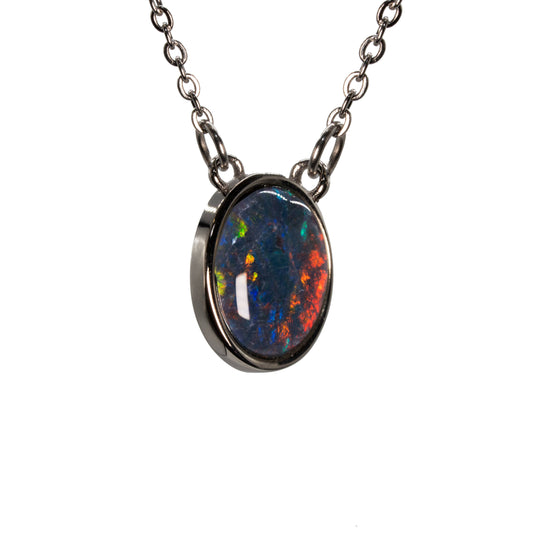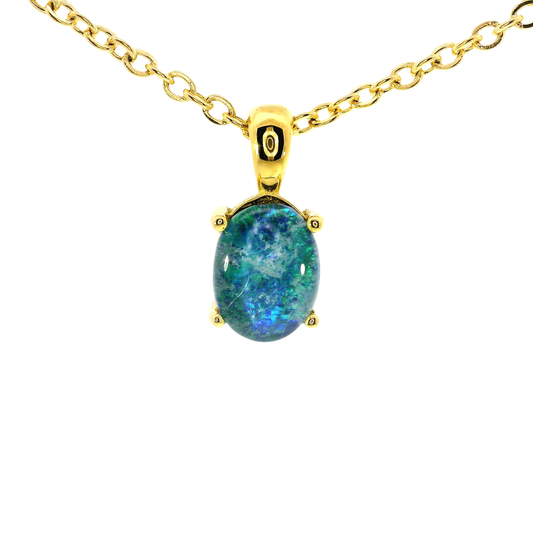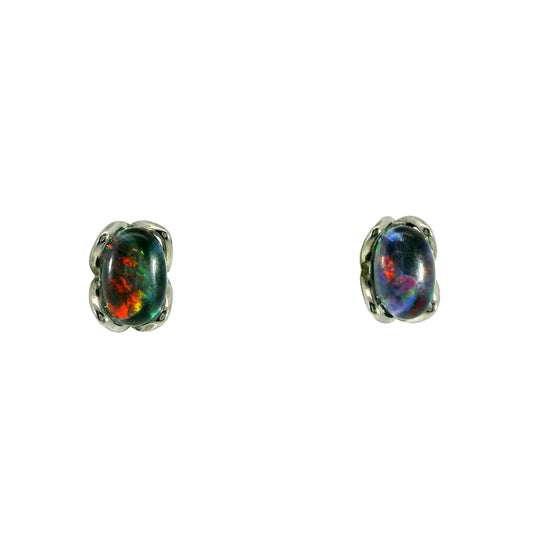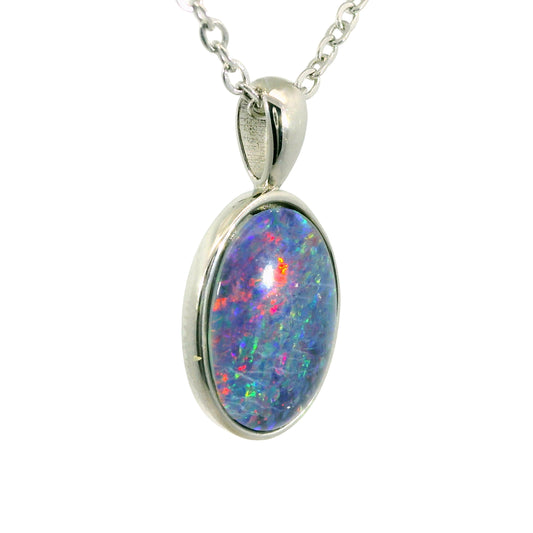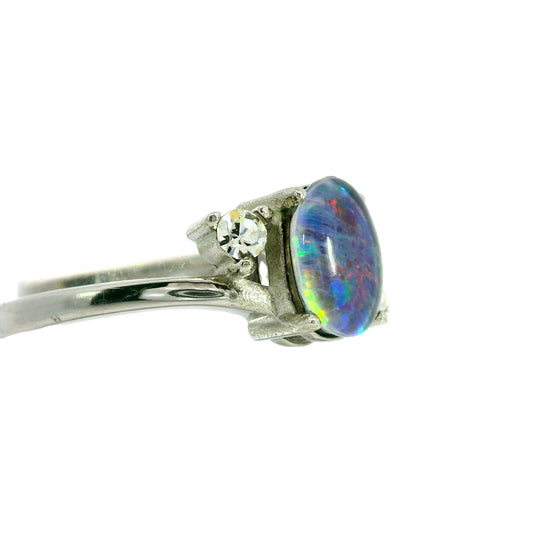Ditch the Diamonds, Opals are Now a Girls Best Friend
Australia’s most precious gemstone has always been glimmering within the public eye, and in the modern day, the quality and appeal of opal stones have become even more prominent. But why is opal so popular? In recent years, much of the popularity of opal stones and opal jewellery is owed to movies, film, and common media. These alluring stones have often been used to create sensational stories, with some centring the plot around the rarity. Primarily, when this is done, the interest in genuine opal necklaces and opal earrings in particular has risen, as a new set of eyes set their focus on the illusive gem. The last few decades in particular have granted a global audience with some ‘gems’, but it hasn’t been until more recent years that such a genre of movies has been granted fame and notoriety.
The early 2000s gave insight into the struggles of opal-mining communities within the Outback, with the release of films such as Opal Dream. The film is set in the ever-famous opal mining community of Coober Pedy, and depicts Rex Williamson’s (Vince Colosimo) search for the ‘perfect stone’, showing the life of dust and deprivation that his family is left within. Opal Dream, at its heart, is a film about wild imagination, and the sometimes wonderful ways that community can be united.
Often when individuals shop for their opal jewellery, the story behind each opal stone will fade into the background; it is no secret that miners in Australia work tirelessly to provide the opal for the pendants that hang so delicately, but often their lives are not as dazzling or glamourous as the opals they find. The life of those down within Coober Pedy continues in The Fire in the Stone, as we follow the daring adventure of a group of teenagers who embark on finding their stolen opals.
The backdrop of the remarkable opal mining landscape of the Australian outback endeavours to place the viewers into the daily life of those who embark on the most luck-based profession, and the trials and tribulations that would come from such stress. Films such as these, especially due to the times they were released, play a substantial role in shaping a narrative to influence the public perception of opals, creating an emotional sympathy for those who otherwise had been forgotten by the jewellery industry. In doing so, a much kinder and genuine appreciation for these stones can be formed, allowing them to be worn with pride.

With the rising success of easily-consumable media, certain genres that before would not have been recognised, are gaining worldwide notability. This allows for a new wave of appreciation for opal jewellery that may not have been seen previously. In the 2019 film Uncut Gems, a giant piece of Ethiopian opal - still in its matrix - is smuggled to New York. The whimsy and mystique of such a gemstone are shown to an entirely new audience, as Howard Ratner (played by Adam Sandler) speaks to their ethereal nature: “They say you can see the whole universe in opal, thats how old they are”. Such bold words are put forward towards an audience, with the awe behind the delivery showcasing to the film's audience the magnitude of a single gemstone; such positive connotations can not be downplayed, as during its release there has been a significant increase in Google searches pertaining to ‘opals’.

The consumable nature of television has allowed for a general audience to be given hours upon hours of specific - although heavily dramatised - facts interlaced with entertainment. Outback Opal Hunters is a small glimpse into the world of Australian miners, as crews of fearless individual go throughout remote Australia, in an attempt to unearth a fortune set in stone. The men who search far and wide in the Australian outback are met with luck in their every move, as they uncover some truly stunning pieces of opal. However, there has been some negative press surrounding such a show; as most reality television has done in previous years, certain scenes and events have been seemingly manipulated behind the scenes to create a cohesive and entertaining narrative.
This has cast doubt upon many who watch, as the reliability of what is shown on screen is thrown into question. Although what is being portrayed has a basis in reality, there has been an attempt by the producers of such a show to create an atmosphere of dangerous urgency, interlaced with a desperation for survival that is actually seen within Australia; the life of a miner is not a glamorous one, as the profit gained from opal is solely dependant on if anything is found, and the worth of said stone, two things that cannot be planned. Although this show ties deeply to the mining culture of Australia, its dramatic nature, and planning of episodes have left certain show-watchers with a negative mindset - one that would surely be triggered when they view a glistening opal. However prevalent this may be, there is much to be said for the plight of miners, with the light this show casts on such a subject being widely needed within a modern landscape.
upon many who watch, as the reliability of what is shown on screen is thrown into question. Although what is being portrayed has a basis in reality, there has been an attempt by the producers of such a show to create an atmosphere of dangerous urgency, interlaced with a desperation for survival that is actually seen within Australia; the life of a miner is not a glamorous one, as the profit gained from opal is solely dependant on if anything is found, and the worth of said stone, two things that cannot be planned. Although this show ties deeply to the mining culture of Australia, its dramatic nature, and planning of episodes have left certain show-watchers with a negative mindset - one that would surely be triggered when they view a glistening opal. However prevalent this may be, there is much to be said for the plight of miners, with the light this show casts on such a subject being widely needed within a modern landscape.

Recent films and television broadcasts have promoted a resurgence in the interest surrounding opal jewellery, causing top jewellery brands to use the elusive gemstone. In a 2015 article by Vouge titled "Ditch the Diamonds: Opals are a Girl's Best Friend This Fall", author Lynn Yaeger speaks to the gemstone's "wild fiery charms". This trend of opal prominence continues, even into the modern day, highlighting the impact that such a stone has on the fashion industry.
When looked at broadly, there is much to be said on how media of the time not only shapes and influences public perception of opal but can be used as a lens to view a particular ‘shift’ in the media space. The early 2000s were filled with the plights of small-town miners and their incredibly emotional human experiences; whereas, in more recent years, the ‘thrill of the chase’ has been highlighted, shifting our focus to what is to be gained from opals, rather than the people working behind them. Both viewpoints have their own truths, but it is through peering into what media says, that we can see a reflection of our surrounding beliefs in a modern climate.












































































































